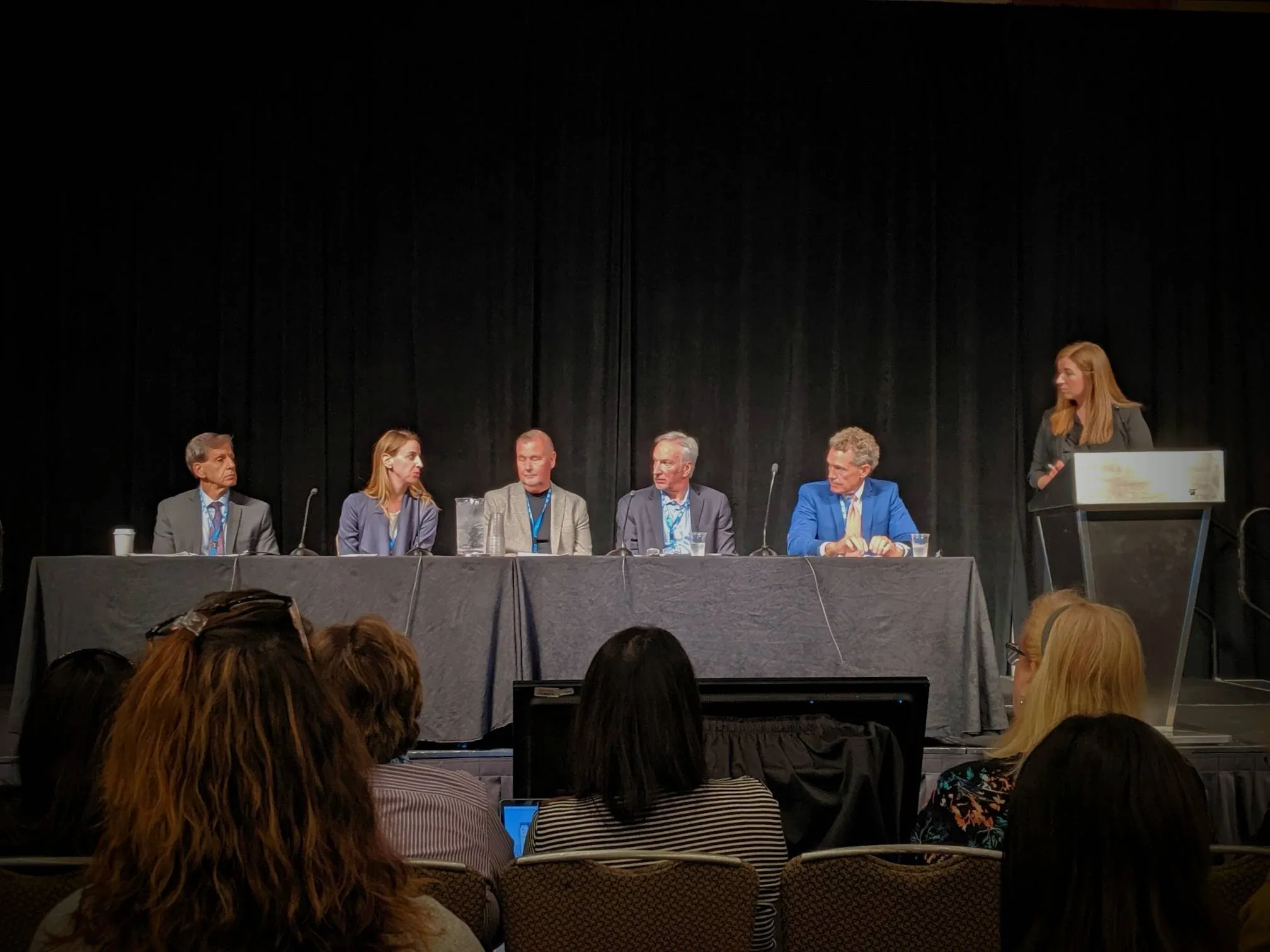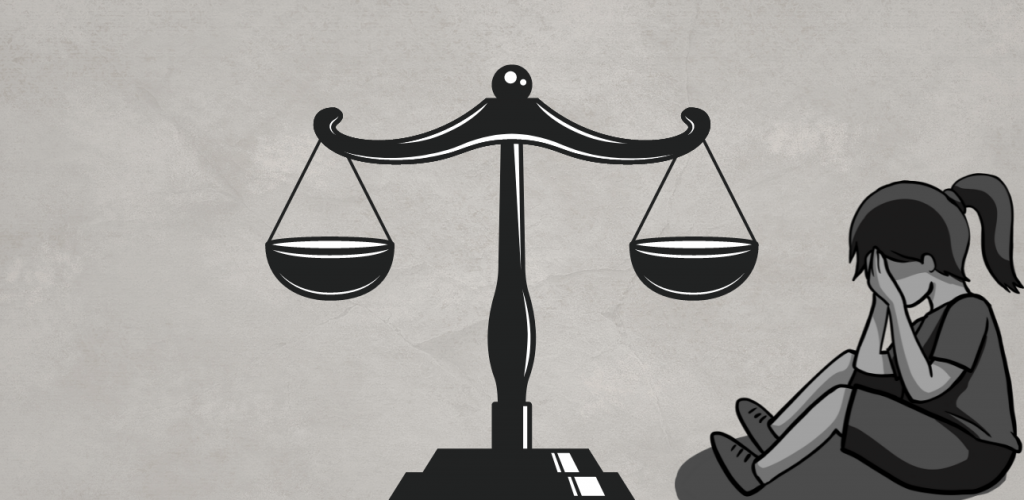As defined by the United Nations International Convention on the Rights of the Child (CRC), a child is anyone under the age of 18, a time meant for safety, love, and growth. Unfortunately, many children experience abuse during these formative years, highlighting a pressing issue society must confront.
In the first half of 2024, the National Child Protection Authority (NCPA) reported 4,380 cases of child abuse and related complaints. Among these, 1,332 involved children needing care and protection, marking it as the highest category of reported issues. Other serious complaints included 1,016 cases of cruelty, 787 regarding compulsory education, 290 related to sexual harassment, 157 cases of severe sexual abuse, 121 instances of begging, and 119 related to grievous bodily harm.
The CRC, adopted by the UN General Assembly in November 1989 and effective from September 2, 1990, consists of 54 articles. The first article defines who constitutes a child, while articles 2 to 42 focus on children’s rights and well-being. The remaining articles detail implementation and operational aspects. As of August 4, 2021, 196 countries are parties to the CRC.
Understanding the CRC involves grasping its foundational framework, which comprises four key principles and four main pillars that guide global efforts to ensure every child is treated with dignity and respect.
The four principles of the CRC are:
- Non-discrimination: Every child has the right to equal treatment, regardless of race, religion, or ability.
- Best interests of the child: Decisions affecting children must prioritize their best interests.
- Right to life, survival, and development: Every child has the inherent right to life, and governments must ensure their survival and development.
- Respect for the views of the child: Children have the right to express their opinions, and these views should be considered in decision-making.
The four pillars of the CRC are:
- Right to Survival: Ensuring children's basic needs for life, such as food, shelter, and education.
- Right to Development: Supporting children’s rights to education, play, and reaching their full potential.
- Right to Protection: Safeguarding children from all forms of abuse, neglect, and exploitation.
- Right to Participation: Empowering children to engage in decisions affecting their lives and communities.
What Is Child Sexual Exploitation and Abuse?
The repercussions of sexual exploitation are devastating. Children who experience sexual abuse often face emotional, psychological, and physical challenges, including PTSD, depression, anxiety, and suicidal tendencies. This trauma can hinder their ability to form healthy relationships, pursue education, and lead fulfilling adult lives. Many victims remain silent due to fear, shame, and the control of their abusers.
Types of Child Abuse
Child abuse encompasses physical, emotional, sexual abuse, and neglect. It can occur in various settings, including home, school, or community, often involving trusted adults or caregivers. The effects of abuse are profound and long-lasting, impacting a child's development and well-being.
Key types of abuse include:
Physical Abuse: Intentional harm through actions like hitting or burning, resulting in visible injuries and emotional scars.
Emotional Abuse: Undermining a child's self-worth through criticism, threats, or exposure to violence, damaging their self-esteem.
Sexual Abuse: Any sexual activity with a child, including molestation and exposure to inappropriate content, leading to severe emotional and psychological trauma.
Child Neglect: Failing to provide essential needs, such as food and medical care. It can manifest as:
- Medical Neglect: Ignoring necessary medical treatment.
- Educational Neglect: Failing to educate or support a child’s educational needs.
- Emotional Neglect: Ignoring a child’s emotional needs and not providing support.
The Hidden Nature of Child Abuse
Child abuse can be likened to an iceberg—the visible signs, such as bruises and behavioral changes, are only the tip. Beneath the surface lies a more complex issue, including unreported cases and long-term psychological effects. To combat child abuse effectively, society must recognize the hidden suffering children endure.
Certain risk factors create environments conducive to abuse. Infants and young children are particularly vulnerable as they may not understand or react to abusive situations. Unrealistic parental expectations, such as demands for perfect grades, can contribute to abuse. Additionally, unstable family situations, especially involving substance abuse, significantly jeopardize child safety and well-being.
Preventing Sexual Exploitation and Abuse
While eradicating child abuse may be unrealistic, proactive measures can help prevent it. Individual and community-level awareness is crucial. Staying informed about local incidents empowers action and raises awareness. Parents and teachers play essential roles in fostering open communication and education.
Parents should build trusting relationships with their children, encouraging them to share concerns. Teaching children about body autonomy and personal boundaries helps them assert themselves when uncomfortable. Teachers can create supportive environments where students feel safe reporting inappropriate behavior, and regular training enables them to recognize signs of distress.
Equipping children with safety strategies is vital. They should know to leave unsafe situations and report incidents to trusted adults. If you witness suspicious activity, report it to the appropriate authorities immediately. By being informed, prepared, and vigilant, you can significantly contribute to preventing the sexual abuse and exploitation of children

























0 Comments